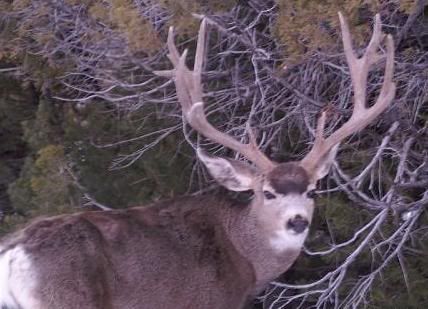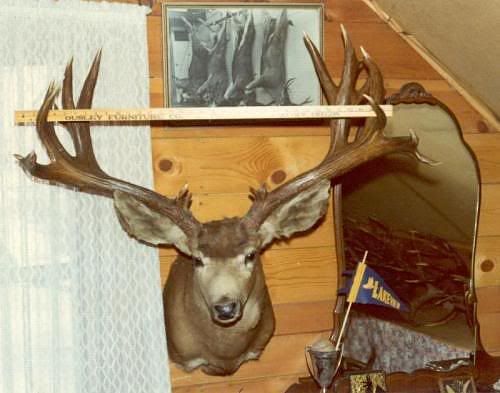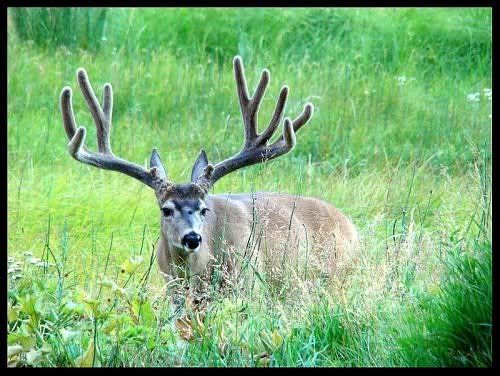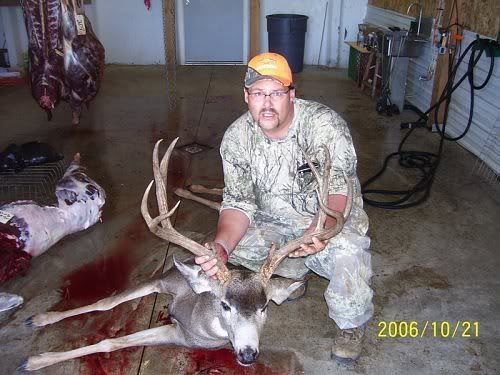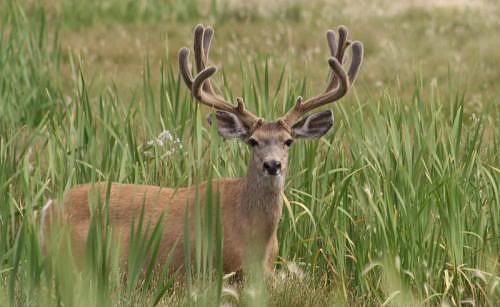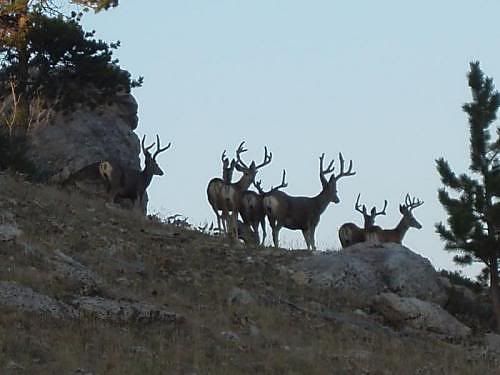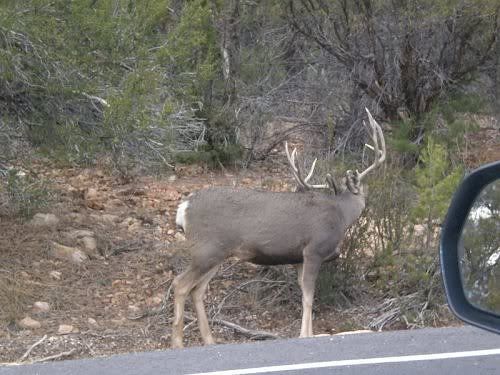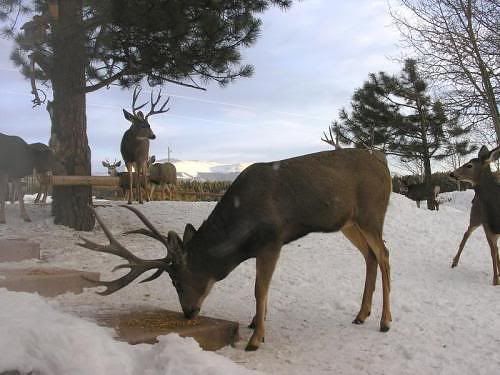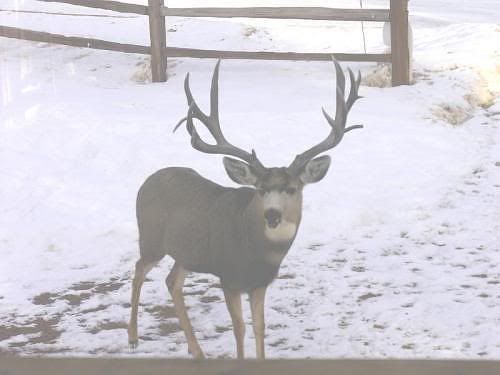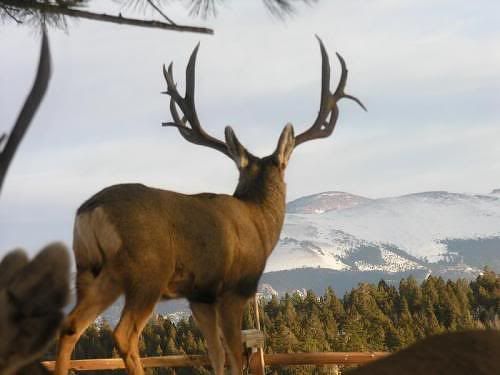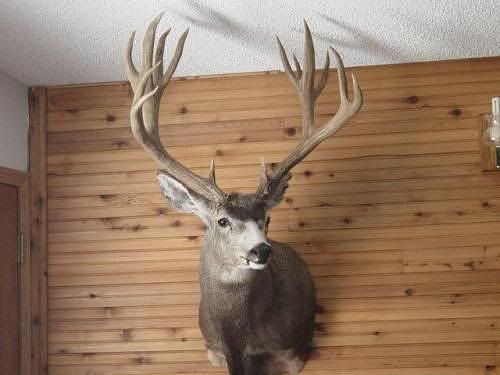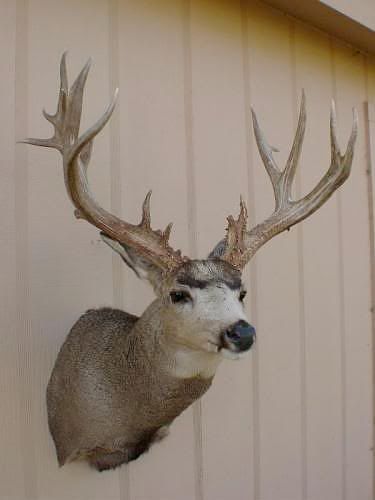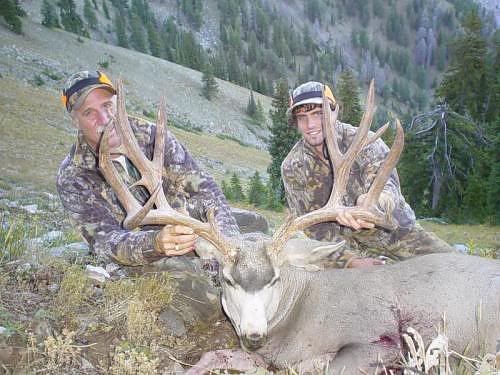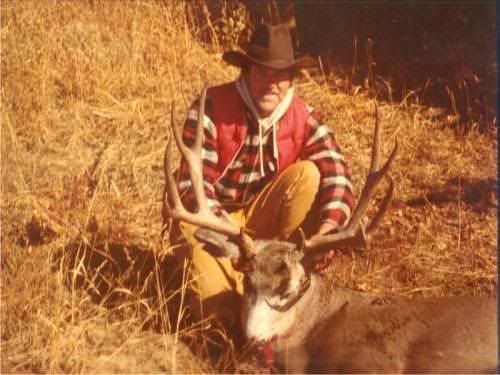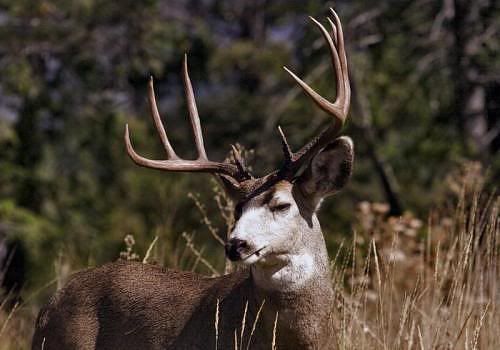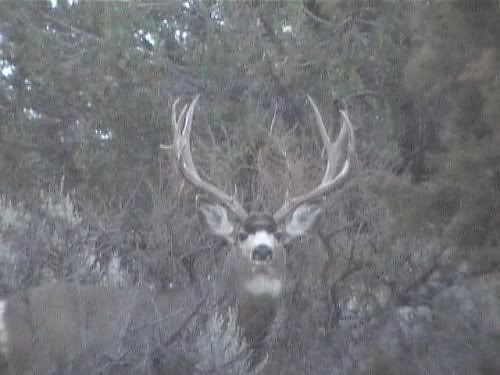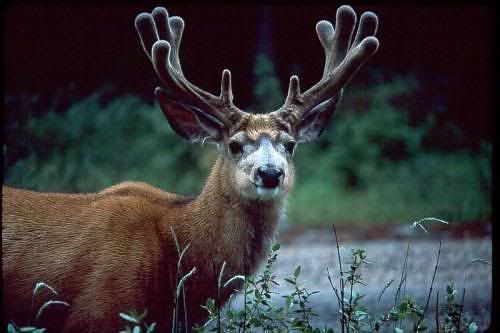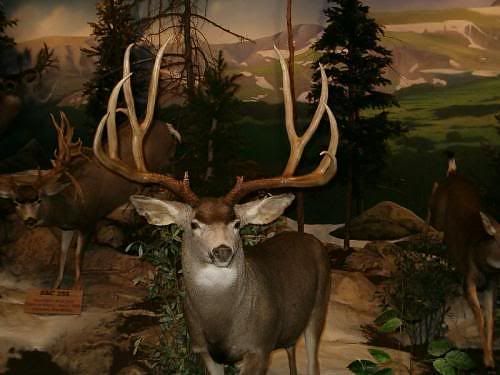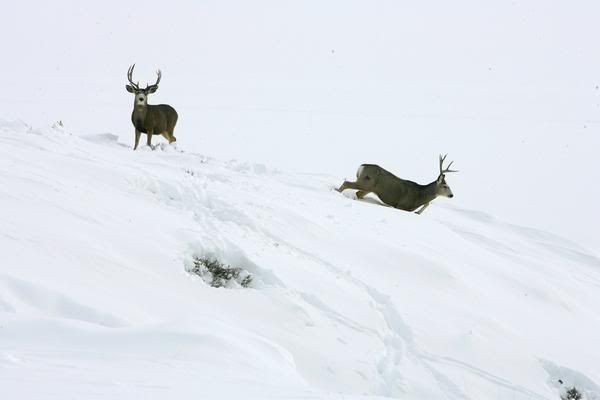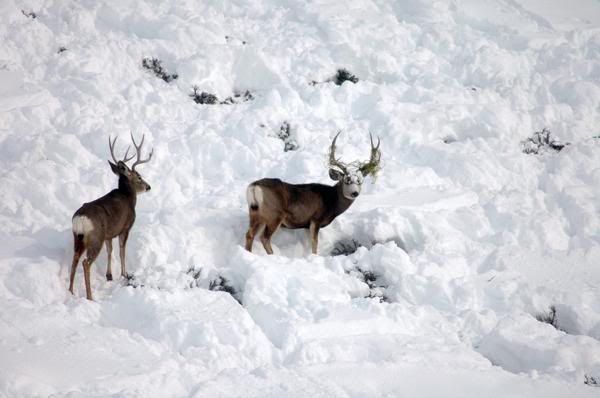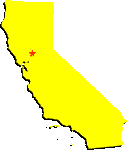
Deer have more to fear than CWD as Asian louse strike California herds
By Bob Meinecke
“It seems while most of the country has been worried by chronic wasting disease, and rightly so, another threat has been invading our shores and destroying deer populations.
CWD is bad enough. This year it’s shown up in the Big Horn Basin, with a couple of cases found east of Cody by Lovell and Greybull.
Previously the only cases G&F knew about were outside Thermopolis. Are these new cases the result of a new infection or are biologists just getting better at finding the disease?
Regardless, CWD has to be accepted as a part of the statewide habitat now. Too bad it doesn’t affect wolves.
Then we’d darned sure see a concentrated nationally led research program to eliminate it.
Anyway, a deer’s life is filled with hazards from birth to death, as such is the manner of all species, even ours.
But even though the regular causes of mortality in our deer and elk herds in addition to CWD isn’t hazard enough, now the poor animals have another enemy to guard against. Another one they have no defense against.
I’ve often said it isn’t the big things in life you need to fear because you can usually see them coming. But the little threats, while small, are still quite deadly.
Some bacteria, viruses and other sub-microscopic pathogens can eliminate a major life form in mere hours.
Others, parasites so tiny you need a magnifying glass to see them, can cause physical complications that can have life threatening affects.
The coastal Blacktail deer populations in California, Oregon and Washington are suffering from such a life threatening complication.
At one time it was surmised the Blacktail deer, which is primarily a West Coast dweller, resembling a smaller version of the mule deer, was a hybrid resulting from the crossing of whitetail bucks and mule deer does in an isolated population eons ago.
But with the advent of DNA patterning and tracking, we know the reverse is true. Our mule deer are an evolutionary descendant resulting from the inter-species coupling of the blacktail and the whitetail deer. Ain’t science wonderful?
But I digress. Out on the West Coast, these deer are being infested by a type of deer louse that is killing them.
It is believed that the louse is from southern Asia and gained access to our shore by hitching rides on Fallow deer and other exotics headed for game farms.
Asian deer, like Fallow and Sitka deer have evolved a defense to the lice through the centuries, but our deer haven’t.
The louse’s active life cycle apparently begins as colder weather moves in and they begin to breed and lay eggs under the deer’s skin.
The laying and hatching causes so much discomfort to the host deer it rubs its hair off trying to get relief. Severely infected deer look more like a coyote with a bad case of mange than deer.
Then, when really cold weather hits, the hairless deer die from exposure. They have no natural defense against this louse.
Thousands of coastal blacktails have died from the lice problem during the last decade.
Presently the infestation is confined to the coast, and seemingly to altitudes lower than 1,500 feet. But authorities are concerned the louse might adapt to higher elevations and work its way from the coastal mountain ranges and eventually into the Great Plains. Then it’s anybody’s bet what will happen.
And we thought these were the good old days.”



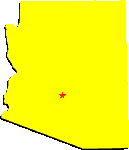
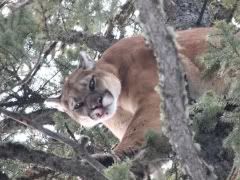 The Arizona Game and Fish is now estimating that there are 2500 mountain lions in the state. I think that number is way low, personally. Conservatively, the 2500 mountain lions would kill 75,000 deer per year, most of them being mule deer. Hunters are killing less than 8,000 mule deer per year. Imagine what could happen to the deer herd if Arizona had only 500 lions. Of course there are 25,000 coyotes and who knows how many bears to deal with as well.
The Arizona Game and Fish is now estimating that there are 2500 mountain lions in the state. I think that number is way low, personally. Conservatively, the 2500 mountain lions would kill 75,000 deer per year, most of them being mule deer. Hunters are killing less than 8,000 mule deer per year. Imagine what could happen to the deer herd if Arizona had only 500 lions. Of course there are 25,000 coyotes and who knows how many bears to deal with as well.
